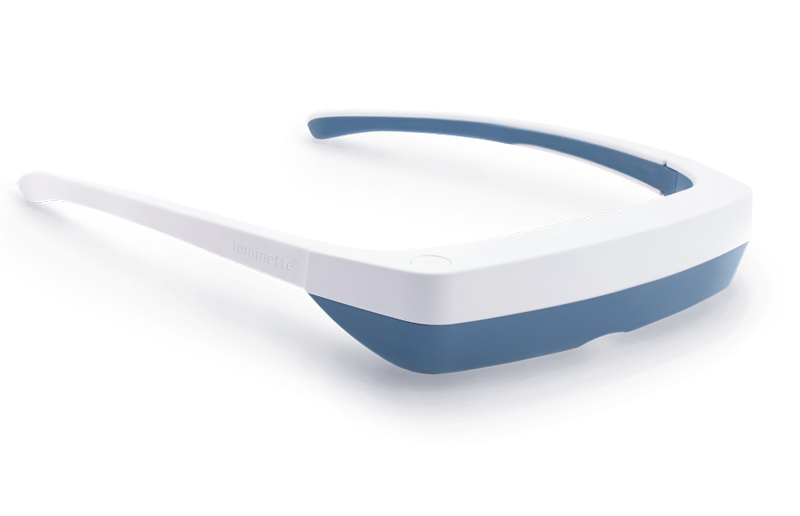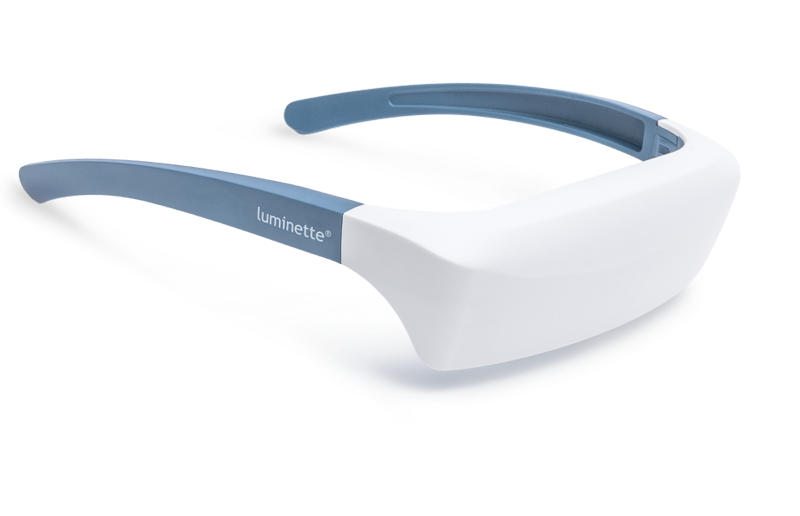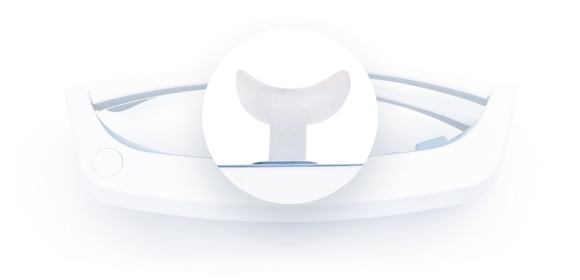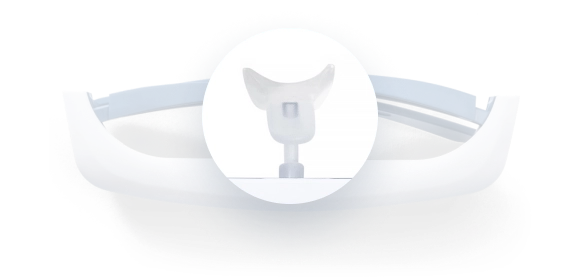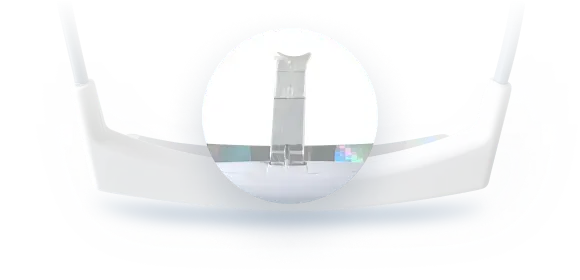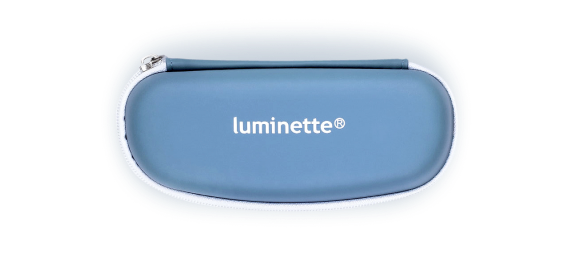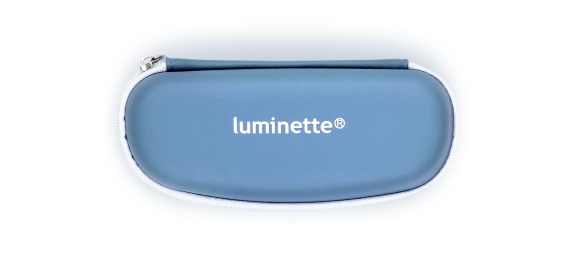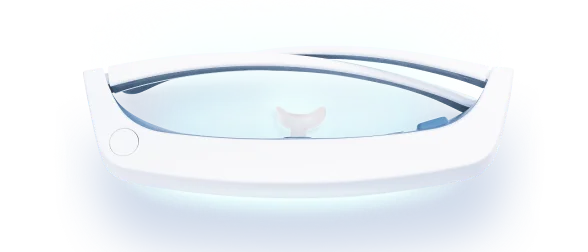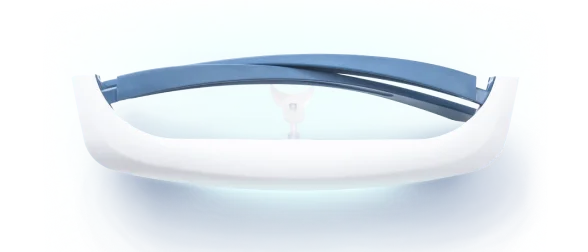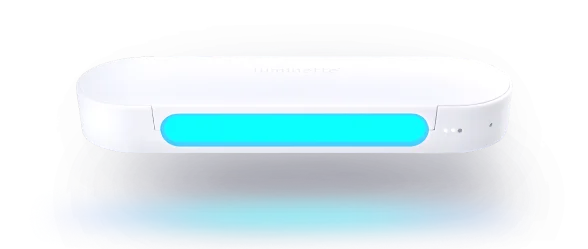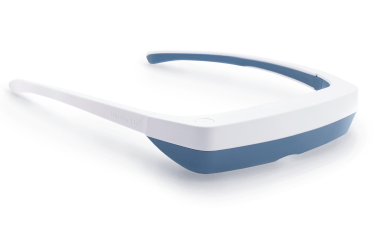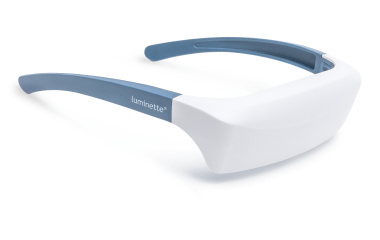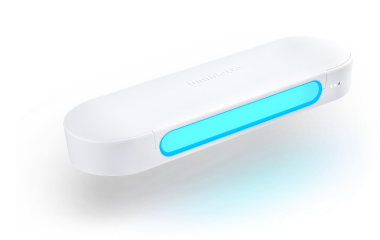Терапия синим светом становится эффективным, неинвазивным способом улучшения состояний, таких как зимняя хандра и проблемы со сном. Растущие доказательства показывают, что ежедневное воздействие на глаза синего света без инфракрасного и ультрафиолетового излучения может приносить множество физиологических преимуществ.
Понимание её преимуществ может стать отличным способом оптимизировать ваш сон, повысить умственную активность и улучшить общее самочувствие.
Давайте обсудим многочисленные преимущества этой терапии для здоровья и несколько простых советов, которые помогут вам максимально их использовать.
Регулирует ваши внутренние часы
Одним из самых важных преимуществ терапии синим светом является то, что она может помочь настроить внутренние часы вашего организма. Ваше тело регулирует несколько функций, включая цикл сна и бодрствования, выделение гормонов и температуру тела, используя свои внутренние часы.
Когда эти часы нарушаются, это может привести к нескольким проблемам со здоровьем, особенно к плохому качеству и продолжительности сна.
Терапия синим светом помогает контролировать секрецию мелатонина, ключевого гормона, регулирующего сон. Мелатонин выделяется вечером, чтобы сигнализировать организму о времени сна, а утром его секреция уменьшается, подавая сигнал к пробуждению.
Однако этот механизм может нарушаться искусственным освещением, нерегулярным сном и джетлагом при путешествиях через разные часовые пояса. В результате вы можете столкнуться с такими проблемами, как гормональные нарушения и расстройства сна.
Синий свет, особенно утром, может помочь сбросить эти внутренние часы. Он подавляет выработку мелатонина, способствуя бодрствованию и помогая установить регулярный цикл сна и бодрствования. Вы чувствуете себя отдохнувшим и готовым к действию.
Это особенно полезно при проблемах со сном, таких как джетлаг. Терапия синим светом помогает регулировать внутренние часы, имитируя дневной свет и улучшая цикл сна для более контролируемого метаболизма.
Очки для светотерапии Luminette предлагают отличный способ включить терапию синим светом в вашу повседневную жизнь, не нарушая ваш распорядок. Вы можете носить Luminette поверх своих очков с рецептом или контактных линз, так как они не ослепляют и не мешают зрению.
Улучшает ваше настроение
Терапия синим светом также может помочь улучшить ваше настроение, особенно утром. Было показано, что уровень серотонина в мозге повышается, когда глаза подвергаются воздействию синего света определённой длины волны, с пиком около 470 нм.
Этот всплеск серотонина помогает уменьшить чувство уныния и тревоги и способствует более позитивному эмоциональному состоянию.
Серотонин — это нейротрансмиттер, отвечающий за регулирование настроения, и количество серотонина в организме человека частично зависит от воздействия естественного света.
Зимой, когда дни короче, или в районах с ограниченным доступом к естественному свету, уровень серотонина может снижаться, что приводит к усилению чувства грусти и тревоги.
a. Лечение зимней хандры
Терапия синим светом заключается в воздействии на организм света, похожего на естественный солнечный, который влияет на уровень серотонина в мозге. Ежедневное использование синего света утром связано с повышением уровня серотонина, что, в свою очередь, улучшает настроение и эмоциональное здоровье.
Это делает синий свет особенно эффективным в зимние месяцы, когда люди склонны чувствовать себя немного подавленными. Сеанс терапии синим светом утром может помочь избавиться от «зимней хандры».
Воздействие синего света также может улучшить ваше настроение, если вы чувствуете упадок из-за пасмурной погоды.
Включение воздействия синего света в ваш ежедневный распорядок, особенно зимой, может поднять настроение, повысить уровень энергии и уменьшить чувство грусти и тревоги.

Улучшает когнитивные показатели
Терапия синим светом была широко изучена и известна тем, что улучшает умственную работоспособность, повышая бдительность, память и концентрацию. Воздействие синего света, особенно утром, положительно влияет на мозг, повышая продуктивность.
Терапия синим светом улучшает когнитивные функции различными способами, включая:
a. Активирует нейронные цепи
Терапия синим светом может улучшить когнитивные способности, стимулируя часть мозга, отвечающую за осознанность и концентрацию. Утреннее воздействие синего света может сделать вас более бодрым и активным.
Он также может продлить вашу способность сосредотачиваться на задачах и информации в течение длительного времени. Это большое преимущество для студентов, бизнесменов и всех, кто должен быть внимателен на рабочем месте.
b. Улучшает память
При регулярном использовании синий свет способствует улучшению формирования и хранения памяти в мозге.
Терапия синим светом полезна для памяти, так как активирует структуры мозга, связанные с когнитивными способностями. Исследование показало, что улучшение консолидации и воспоминания памяти связано с воздействием синего света.
Это делает синий свет отличным инструментом для улучшения памяти, особенно в учебной и рабочей среде.
Также читайте: Как светотерапия может революционизировать ваш творческий процесс? Раскройте правду.

Управляет хронической болью
Использование синего света для контроля хронической боли признано безопасным и эффективным. Исследования показывают, что это может быть эффективным нехимическим подходом к управлению болью у пациентов с фибромиалгией и другими хроническими болевыми состояниями.
Хорошо известно, что у людей с хронической болью, такой как фибромиалгия, наблюдаются нарушения сна и повышенная реактивность на стресс. Эти основные факторы можно контролировать с помощью терапии синим светом, что поможет облегчить боль.
Например, исследование, проведённое в Pain Reports, показало влияние синего света на качество сна и снижение уровня боли у людей с фибромиалгией.
И пациенты, и ухаживающие сообщили, что чувствовали меньше боли, а их настроение и способность функционировать в повседневной жизни улучшились.
Терапия синим светом может помочь справиться с болью двумя основными механизмами:
а. Повышение уровня серотонина
Известно, что синий свет помогает поддерживать уровень серотонина, который важен для управления настроением и болью. Повышенный уровень серотонина, как известно, снижает чувствительность к боли и улучшает настроение.
б. Снижение воспаления
В исследовании, опубликованном в Journal of Biophotonics, было установлено, что воздействие синего света у участников снижало маркеры воспаления, что указывает на противовоспалительные свойства синего света.
Кроме того, терапия синим светом может эффективно помочь облегчить боль за счет увеличения выработки эндорфинов — естественных обезболивающих человеческого организма. Этот эффект похож на облегчение, которое ощущается после физической активности, повышающей уровень эндорфинов в организме.

Снимает симптомы джетлага
Если вы пересекли несколько часовых поясов, вы знаете, насколько жесток может быть джетлаг. Он часто проявляется усталостью и общим дискомфортом. Джетлаг возникает, когда ваши внутренние биологические часы находятся в другой фазе, чем местное время нового места.
Эта десинхронизация затрудняет организму адаптацию к новому часовому поясу, и в результате могут проявляться такие симптомы, как задержка сна, проблемы с поддержанием сна и дневная сонливость.
При систематическом применении терапия синим светом может значительно помочь минимизировать эффекты джетлага и его продолжительность. Например, если вам нужно рано утром проснуться, чтобы успеть на рейс или на работу, вы можете использовать синий свет для соответствующей ресинхронизации биологических часов.
Если вы направляетесь на восток, часовой пояс будет опережать вас. Терапия синим светом утром позволит вам просыпаться раньше и чувствовать себя бодрее в течение дня. С другой стороны, если вы движетесь с запада на восток, синий свет помогает дольше оставаться бодрым и адаптироваться к новому часовому поясу.
Исследования также доказали эффективность синего света в устранении социального джетлага. В исследовании влияния синего света на сон было установлено, что участники, использовавшие терапию синим светом, имели сниженные симптомы джетлага и быстрее адаптировались к расписанию, чем те, кто не использовал терапию синим светом.
Другое исследование показало, что воздействие синего света сдвигало цикл сна и бодрствования участников, помогая им синхронизировать биологические часы с новыми часовыми поясами.
Также читайте: Эффективные стратегии для путешественников: естественные способы преодоления джетлага и улучшения сна.
Снижает проявления менструальных и предменструальных расстройств
Менструальные и предменструальные расстройства влияют на качество жизни многих женщин, вызывая перепады настроения, усталость, раздражительность и физический дискомфорт. Эти симптомы могут мешать повседневной жизни, работе и социальным взаимодействиям.
Хотя существуют традиционные методы лечения, терапия с синим светом стала инновационным вмешательством, поскольку она неинвазивна и не имеет побочных эффектов. Эта терапия помогает модулировать гормональный баланс и нейротрансмиттеры, тем самым контролируя настроение и уровень энергии.
Терапия с синим светом повышает уровень счастья и снижает тревожность, восстанавливая биологические ритмы и регулируя секрецию серотонина. В результате она помогает смягчить перепады настроения и раздражительность, связанные с менструальными и предменструальными расстройствами.
Исследования показали, что светотерапия, особенно терапия с синим светом, может быть эффективной в облегчении симптомов ПМС (предменструального синдрома) и ПМДД (предменструального дисфорического расстройства).
Исследование показало, что у тех, кто проходил светотерапию, настроение и уровень энергии повысились по сравнению с теми, кто не проходил светотерапию.
Поддержка контроля веса
Недавно терапия с синим светом была предложена как полезная для программ по снижению веса. Она может влиять на метаболические пути и контролировать голод и энергию. Это неинвазивное лечение может использоваться в качестве дополнения к другим целям по снижению или контролю веса.
Синий свет влияет на выработку гормонов, регулирующих голод и обмен веществ в организме человека. Один из этих гормонов, грелин, также известен как «гормон голода».
Обычно он выделяется перед едой и, как правило, снижается сразу после. Ежедневное утреннее воздействие синего света может регулировать секрецию грелина, улучшая тем самым сигналы голода организма и помогая предотвратить переедание.
Кроме того, терапия с синим светом помогает повысить уровень энергии и улучшить настроение, что является ключевыми показателями активного образа жизни. Чем выше ваш уровень энергии, тем больше шансов быть активным и сжигать дополнительные калории.
Недавнее исследование показало, что у людей, подвергшихся воздействию синего света, снизился аппетит и повысилась бдительность по сравнению с контрольной группой. Хотя применение терапии с синим светом в этой области находится на ранней стадии, первые результаты обнадеживают.
Способствует здоровью сердца
Терапия с использованием синего света также показала положительное влияние на здоровье сердечно-сосудистой системы. Новые исследования показывают, что воздействие синего света приносит пользу сердечно-сосудистой системе. Считается, что этот эффект достигается за счёт двух механизмов:
a. Регулирование кровяного давления
Гипертония, или высокое кровяное давление, является одним из наиболее значимых факторов, которые могут привести к сердечным заболеваниям и инсульту. Существует значительное научное подтверждение того, что воздействие синего света приводит к снижению кровяного давления.
В исследовании, опубликованном в European Journal of Preventive Cardiology, отмечается, что у группы участников, подвергшихся воздействию синего света, систолическое артериальное давление значительно снизилось.
Считается, что этот эффект обусловлен образованием оксида азота — молекулы, участвующей в расширении кровеносных сосудов и нормализации артериального давления.
b. Улучшение функции сердца
Синий свет также помогает улучшить общую работу сердца, помимо снижения артериального давления. Лучшая гибкость кровеносных сосудов положительно влияет на кровообращение.
Кислород и питательные вещества эффективно доставляются к сердцу и другим важным органам. Это может помочь улучшить общее состояние сердца и снизить риск сердечно-сосудистых заболеваний.
Также было показано, что воздействие синего света улучшает функцию эндотелия. Эндотелий — это один слой клеток, расположенный на внутренней стороне сердца и кровеносных сосудов, и он необходим для правильного функционирования сосудистой системы.
Когда эндотелий здоров, кровеносные сосуды менее жесткие, что является важным показателем хорошего здоровья сердца.

Снижает симптомы стресса, связанного с травмой
Хотя терапия синим светом еще находится на ранней стадии развития, она становится дополнительным методом лечения для управления симптомами стресса, связанного с травмой.
Терапия синим светом может быть полезна в этой ситуации, так как она помогает повысить качество сна и снизить уровень тревожности, которые являются основными факторами симптомов стресса, связанного с травмой.
Стресс, связанный с травмой, сопровождается такими проблемами, как недостаток сна и ночные кошмары, которые усугубляют другие симптомы. Терапия синим светом помогает сбросить естественные ритмы организма для улучшения качества сна.
Утреннее воздействие синего света помогает биологическим часам синхронизироваться и облегчает процесс засыпания ночью, а также предотвращает частые пробуждения в течение ночи.
Показано, что улучшение качества сна может положительно влиять на психическое здоровье и механизмы совладания у людей со стрессом, связанным с травмой.
Помимо улучшения качества сна, терапия синим светом эффективна в снижении уровня тревожности, еще одного симптома стресса, связанного с травмой. Повышение уровня серотонина после терапии синим светом считается причиной снижения стресса.
Улучшает состояние кожи
Использование синего света в качестве метода лечения хорошо зарекомендовало себя, особенно при кожных заболеваниях, таких как легкое и умеренное акне. Терапия синим светом эффективна при акне, так как она нацелена на бактерии Propionibacterium acnes, участвующие в его развитии.
Когда синий свет проникает в кожу, он образует реактивные формы кислорода, которые уничтожают бактерии, вызывающие акне. Это, в свою очередь, снижает количество бактерий, вызывающих акне, на коже и помогает предотвратить будущие высыпания.
Терапия синим светом также может использоваться для лечения воспалений на коже, склонной к акне, и проблем, которые могут привести к высыпаниям, что, в свою очередь, сделает вашу кожу более чистой и гладкой.
Несколько исследований показали пользу терапии с синим светом с использованием светодиодов в лечении акне.
Например, исследование, опубликованное в Journal of Cosmetic and Laser Therapy, показало, что участники, получавшие терапию с синим светом два раза в неделю в течение четырёх недель, наблюдали сокращение количества поражений по сравнению с контрольной группой, которая не получала лечение.
Другое исследование, опубликованное в British Journal of Dermatology, показало, что терапия с синим светом была полезна для лечения пациентов с воспалительным акне и улучшения состояния кожи.
Важно отметить, что терапия с синим светом не ограничивается лечением акне, но может быть эффективна при других кожных заболеваниях. Она также может помочь стимулировать иммунные клетки при псориазе и экземе, так как уменьшает воспаление кожи и ускоряет её восстановление.
Советы по максимальному использованию терапии с синим светом
Терапия с синим светом эффективно улучшает качество жизни, регулируя сон и настроение. Вот несколько советов, которые помогут вам максимально использовать преимущества терапии с синим светом:
a. Время имеет значение
Вы должны правильно использовать терапию с синим светом для достижения необходимых эффектов. Используйте синий свет утром для улучшения сна и настроения. Он синхронизирует биологические часы и улучшает качество ночного сна и бодрствования в течение дня.
b. Последовательность имеет значение
Последовательность — еще один важный аспект, так как терапия с синим светом должна применяться регулярно, чтобы лечение было эффективным. Сделайте это частью вашего ежедневного распорядка для достижения наилучших результатов.
Продолжительность каждого сеанса может варьироваться от 20 до 60 минут в зависимости от лечимого состояния и типа используемого устройства.
c. Контролируйте и корректируйте
Записывайте свои сеансы терапии и отслеживайте, улучшилось ли ваше здоровье или ухудшилось. В целом, отслеживание прогресса при использовании терапии с синим светом для сна, настроения или кожных заболеваний поможет понять, подходит ли вам это лечение.
Если вы испытываете побочные эффекты или не видите ожидаемых изменений, попробуйте изменить частоту или продолжительность сеансов.
d. Чистите и обслуживайте ваше устройство
Также важно регулярно очищать ваше устройство для терапии с синим светом, например очки для светотерапии Luminette, чтобы обеспечить его правильную работу и излучение необходимого количества света.
e. Поддерживайте водный баланс и внедряйте другие поддерживающие практики
Для достижения наилучших результатов сочетайте эту терапию с другими полезными привычками, такими как ранний отход ко сну и сокращение времени перед экраном. Пейте много воды, ешьте сбалансированную пищу и регулярно занимайтесь спортом. Это поможет улучшить качество сна при правильном использовании терапии с синим светом.
Вывод: наслаждайтесь преимуществами терапии синим светом
Терапия синим светом предлагает ряд преимуществ, включая улучшение качества сна, повышение настроения, облегчение хронической боли, а также поддержку контроля веса и здоровья сердечно-сосудистой системы.
Они также помогают в лечении джетлага и менструальных расстройств. Регулярная терапия синим светом может значительно улучшить самочувствие, регулируя режим сна, повышая уровень энергии и улучшая психическое здоровье.
Испытайте эффекты терапии синим светом с помощью очков для светотерапии Luminette. Эти инновационные очки обеспечивают оптимальное воздействие синего света, помогая улучшить сон, повысить настроение и увеличить уровень энергии.
Удобные и портативные очки Luminette — идеальное решение для интеграции терапии синим светом в ваш ежедневный распорядок. Попробуйте Luminette сегодня и сделайте первый шаг к более здоровой и яркой жизни.
Усильте преимущества терапии синим светом
Включение светотерапии в ваш ежедневный распорядок может усилить эффекты терапии синим светом, особенно в борьбе с низкой энергией, сезонными изменениями настроения и нарушениями сна. Светотерапия обеспечивает контролируемый яркий свет, имитирующий естественный солнечный свет, помогая регулировать внутренние часы организма и улучшать общее самочувствие.
Для универсального и удобного решения Очки для светотерапии позволяют вам проходить светотерапию в любом месте, в то время как Лампа для светотерапии служит надежным вариантом для использования дома или в офисе. Вместе эти инструменты помогут повысить уровень вашей энергии, настроение и концентрацию, обеспечивая полный спектр преимуществ светотерапии.
Часто задаваемые вопросы
Безопасна ли терапия синим светом?
Терапия синим светом обычно считается безопасной при правильном использовании. Однако важно следовать рекомендациям, чтобы избежать возможных побочных эффектов, таких как напряжение глаз или раздражение кожи.
Каковы недостатки терапии синим светом?
Терапия синим светом эффективна для улучшения качества жизни, но имеет некоторые недостатки. Воздействие синего света, особенно если оно не на правильной длине волны, может привести к напряжению глаз. Некоторые люди также сообщают о головных болях после использования этой терапии. Кроме того, у тех, кто страдает кожными заболеваниями или фоточувствительностью, симптомы могут ухудшиться из-за воздействия солнца.
Чтобы избежать этих побочных эффектов, важно использовать только надежные устройства, такие как Luminette, которые излучают белый свет, обогащённый синим светом на определённой длине волны, с пиком около 468 нм.
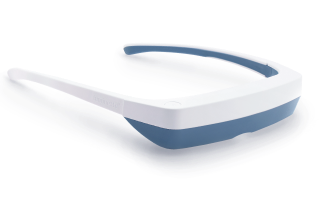
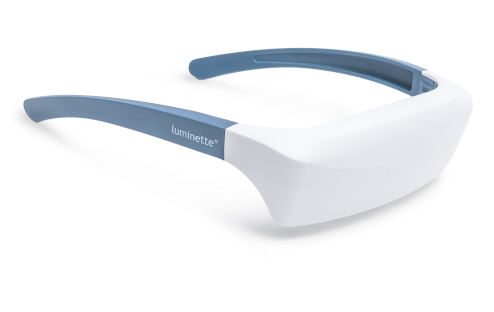
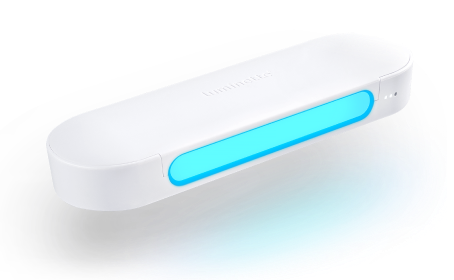
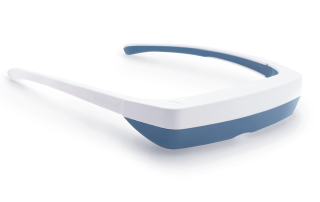
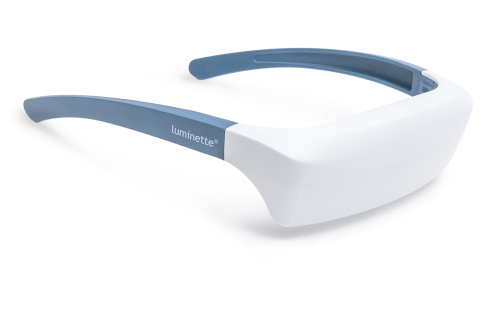
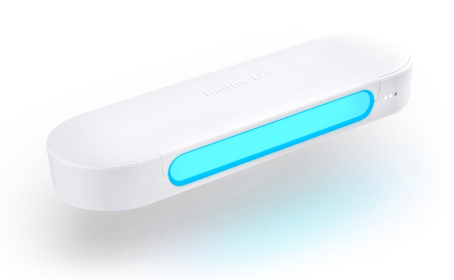
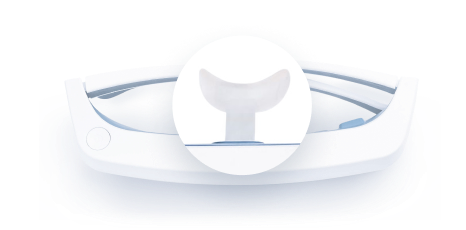
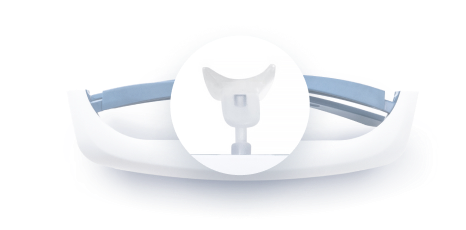
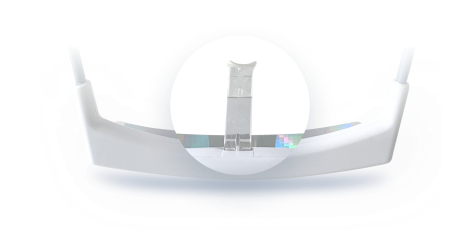
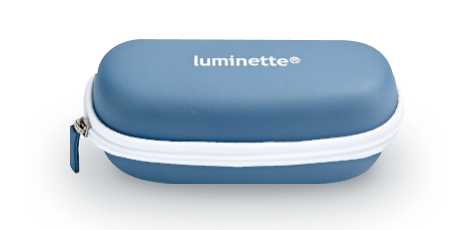
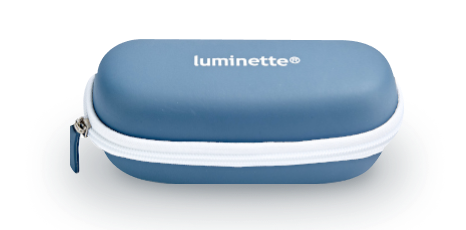
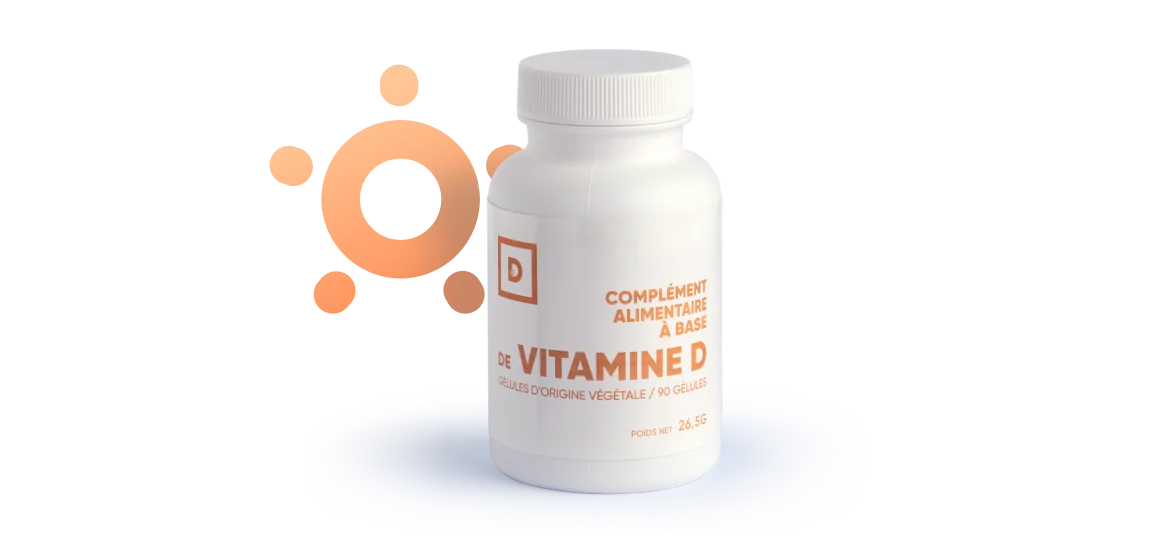



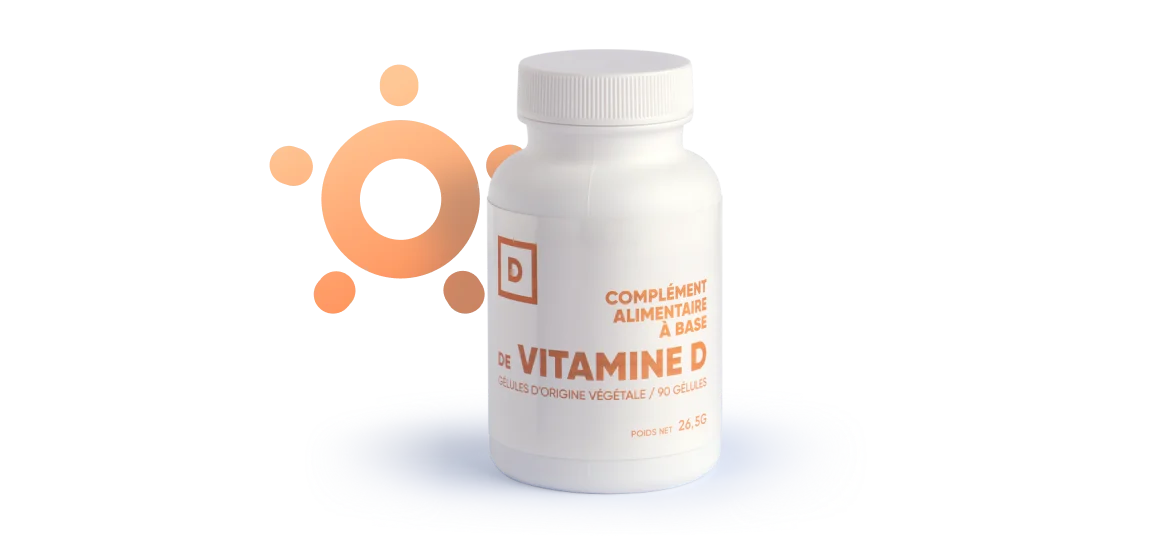
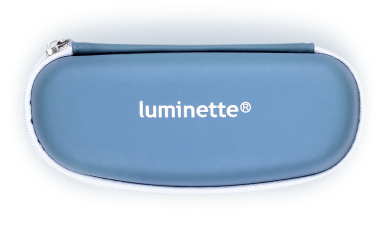
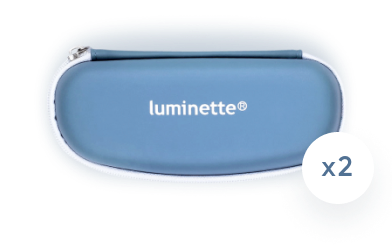
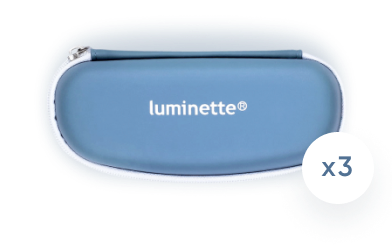
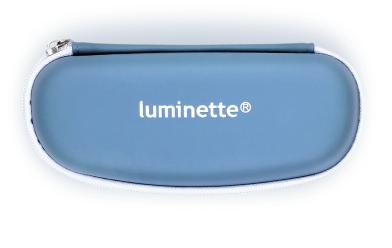
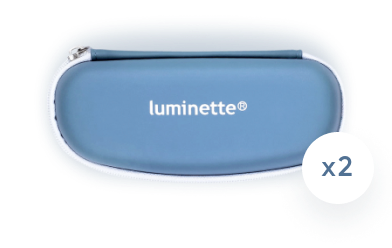
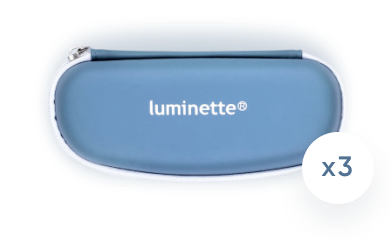
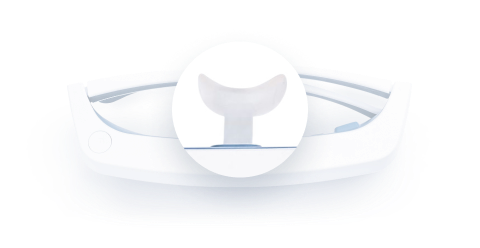
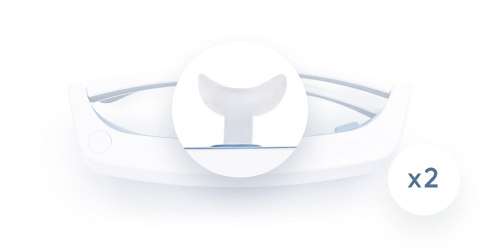
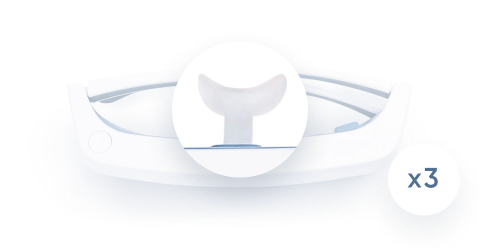
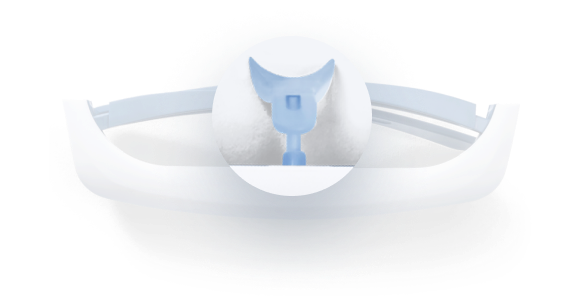
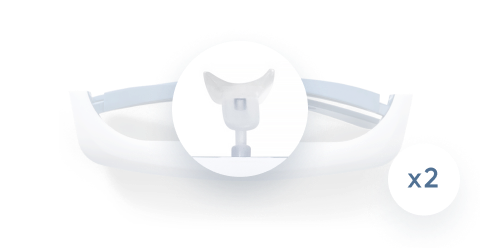
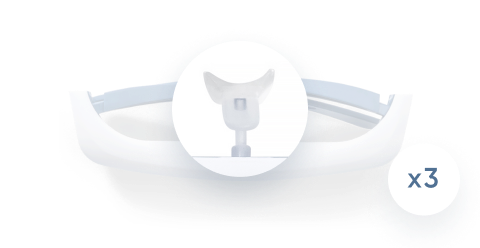
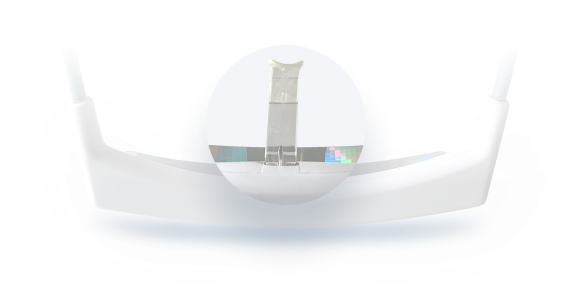
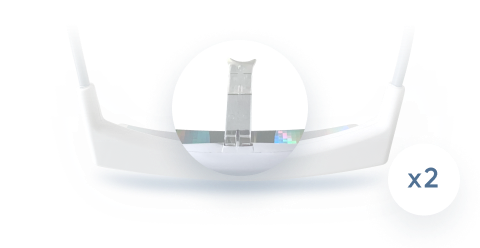
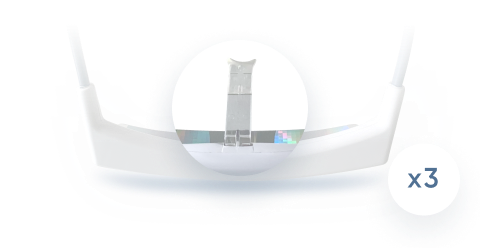
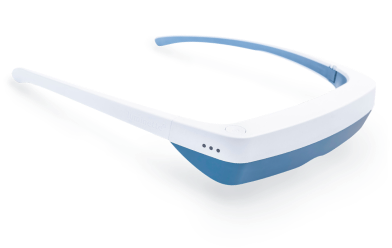
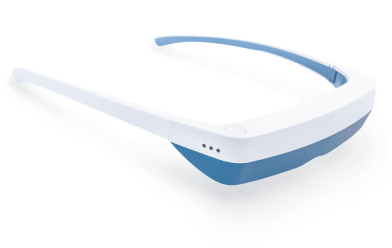
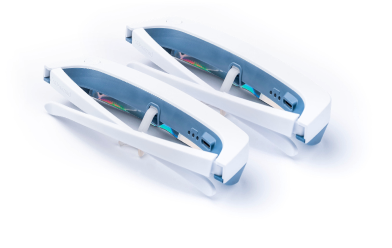
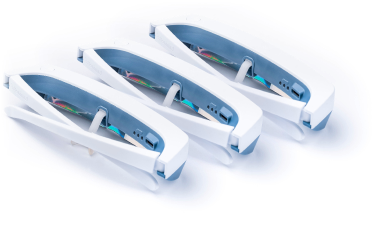
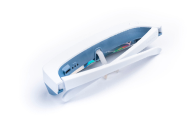
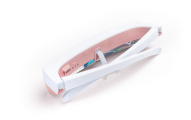
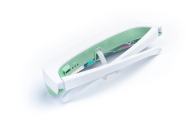
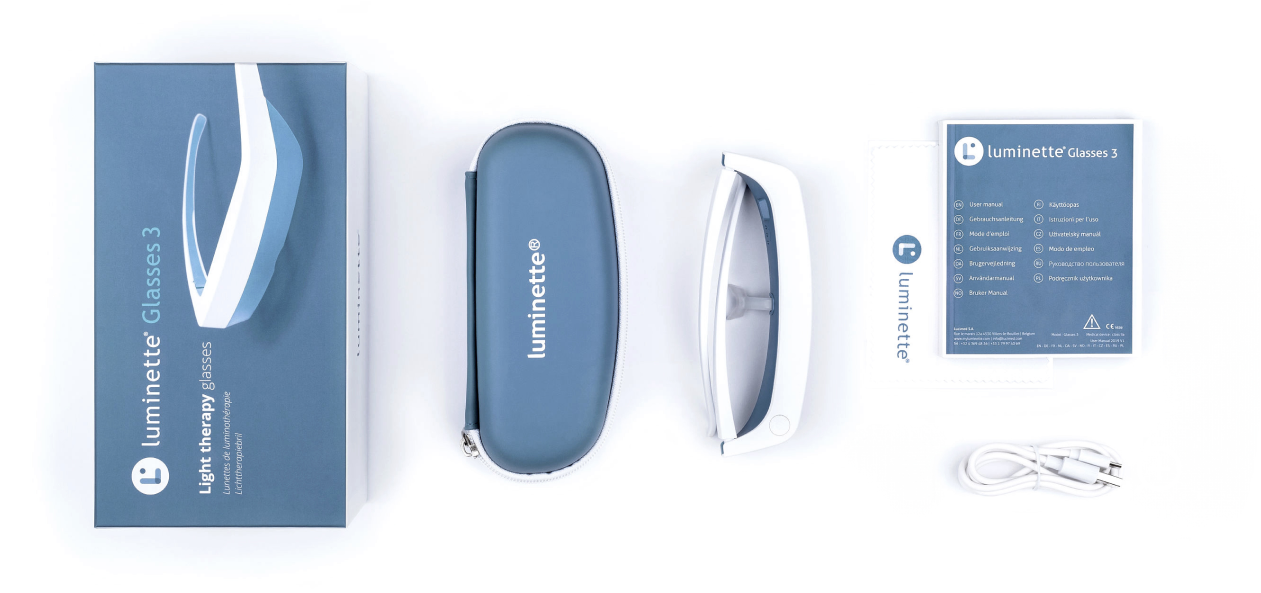
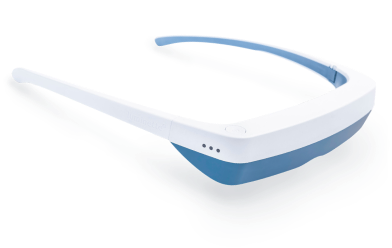


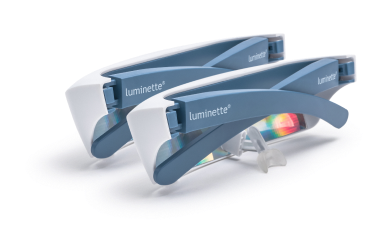
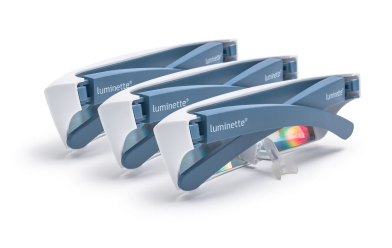
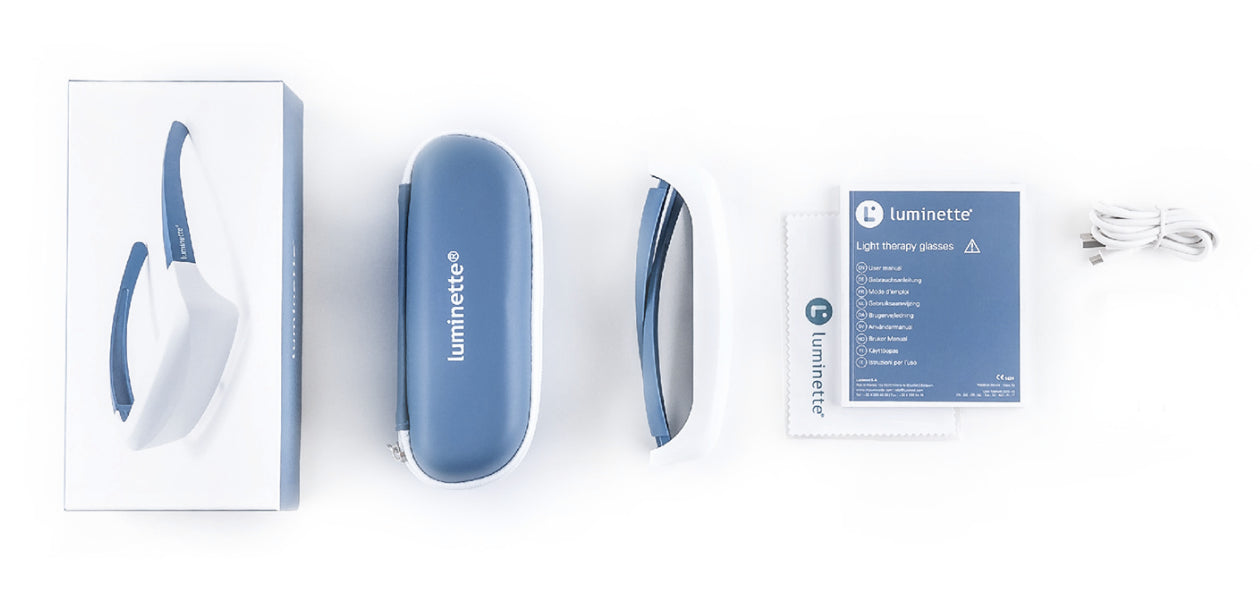
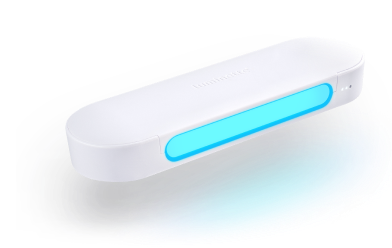
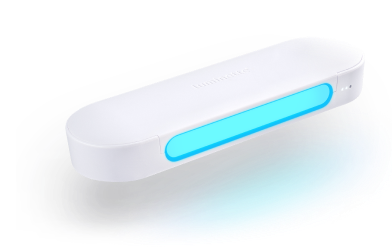
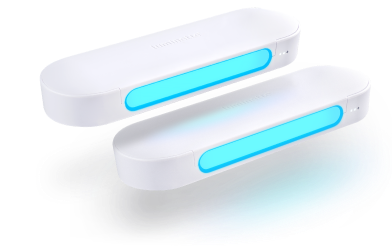
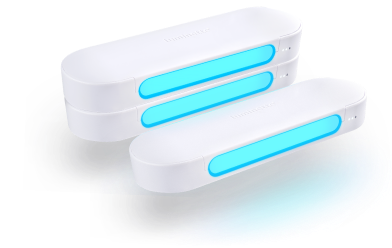
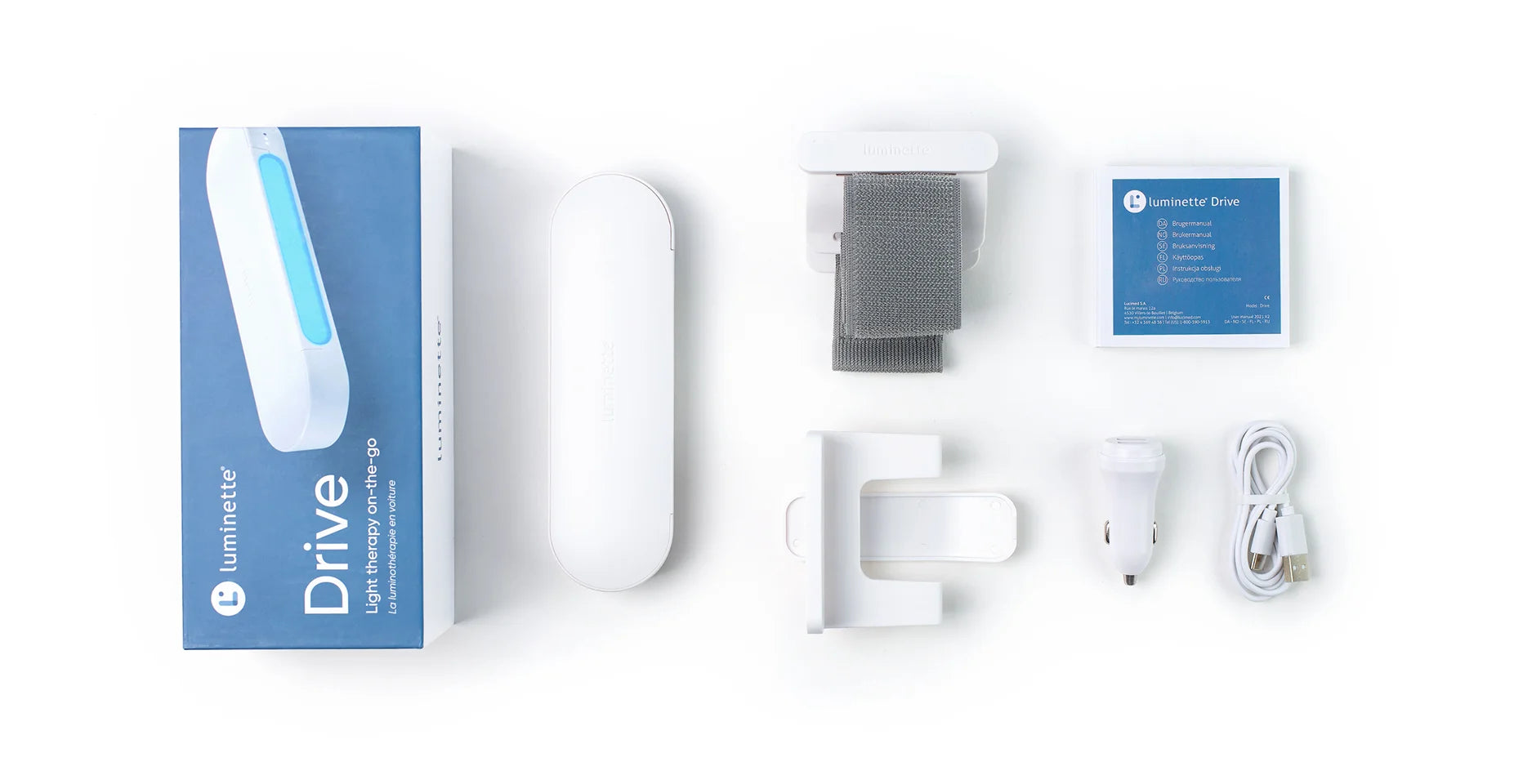

 Please note
Please note



